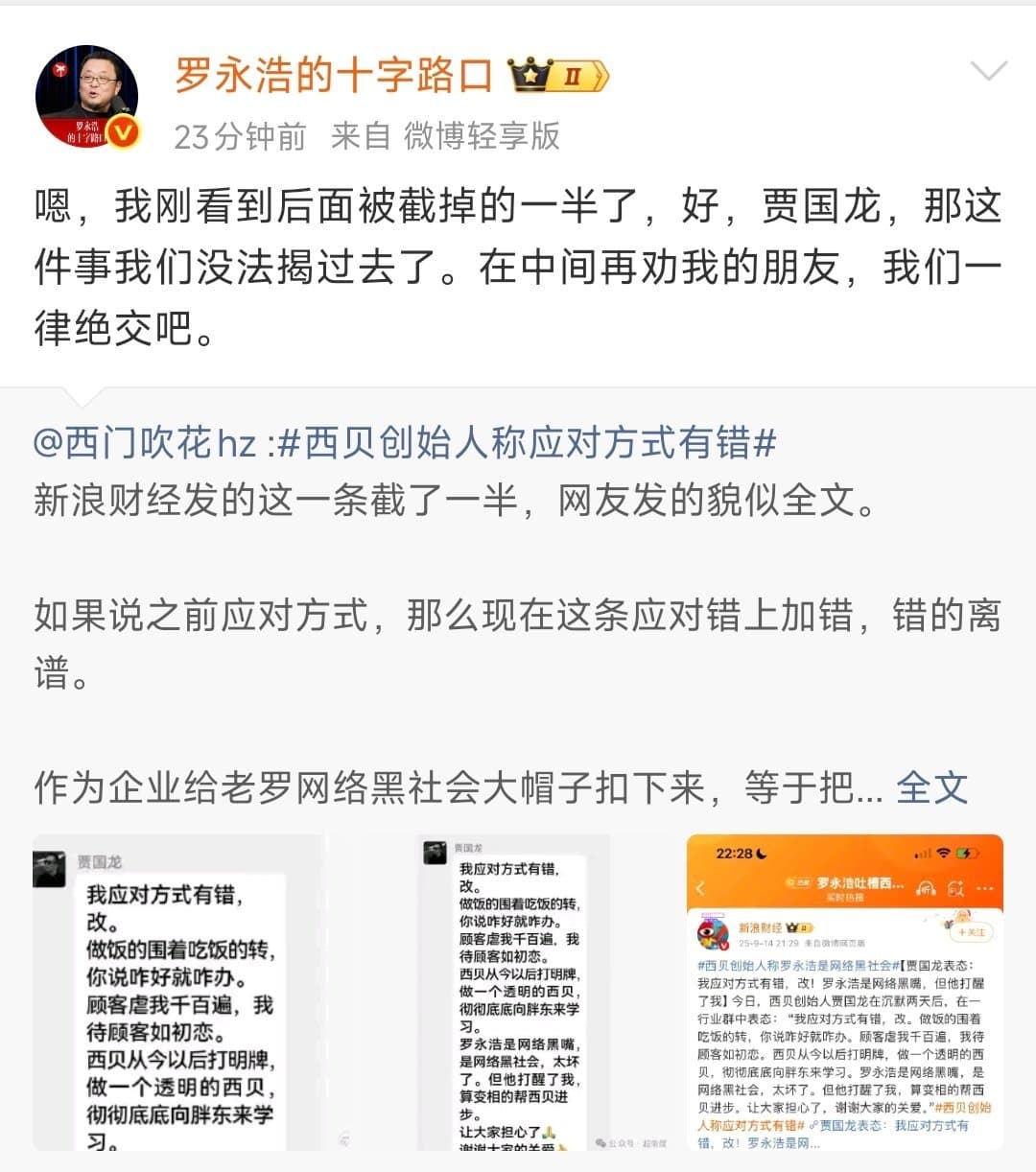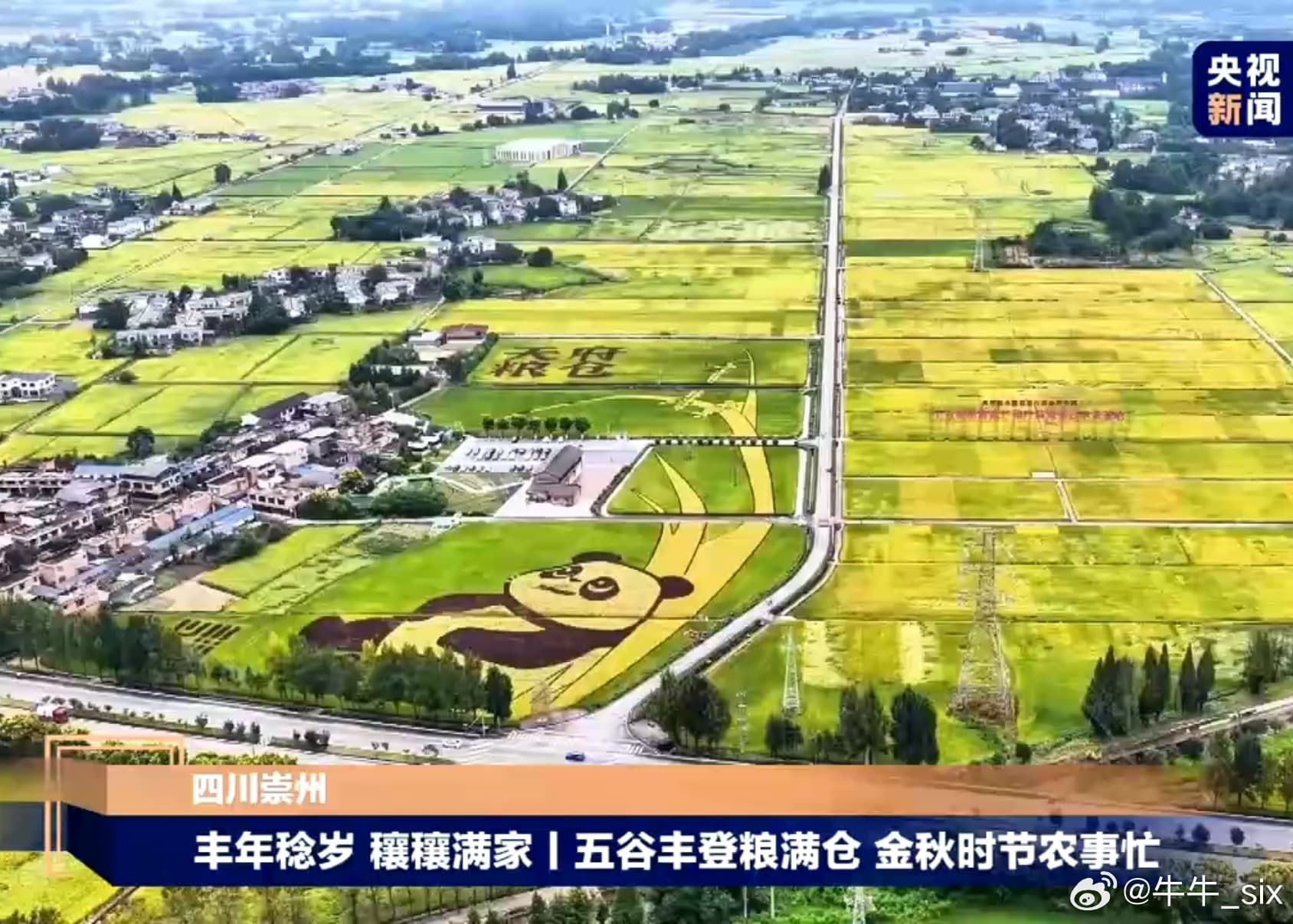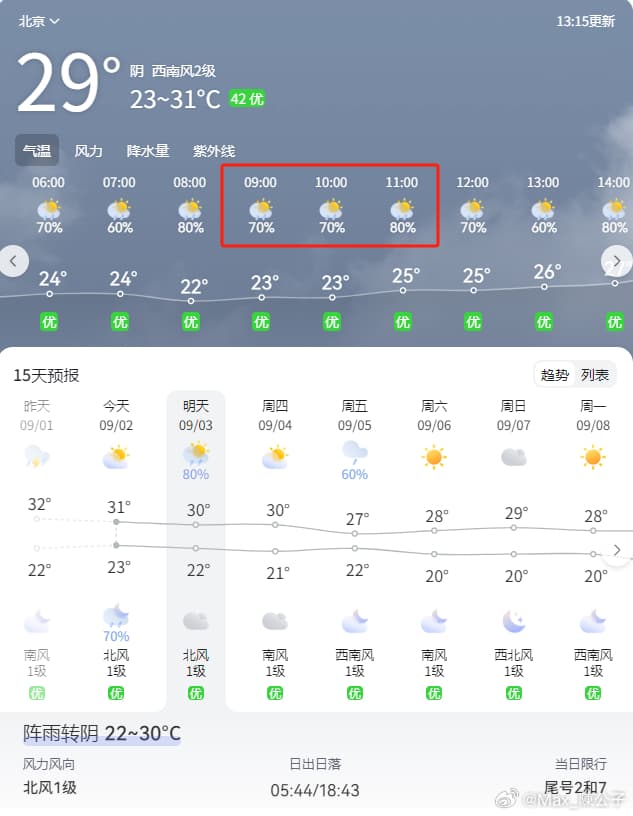China's Island Encirclement Exercises: A Threat to Taiwan Strait Stability
In a series of aggressive maneuvers, the Chinese People's Liberation Army (PLA) has conducted three notable "island encirclement" exercises in recent days, sparking deep concern in Washington and Taipei. The drills, touted by state-run broadcaster CCTV as a demonstration of Beijing's determination to defend national sovereignty and maintain unity, have been interpreted by US officials as a clear threat to the stability of the Taiwan Strait.
23 October 2024
According to analysts, these exercises, codenamed "Joint Sword Exercise 2024B", mark an escalation in China's military pressure tactics aimed at intimidating Taiwan, a self-governing democracy that Beijing claims as its own. The PLA's increasing assertiveness has raised alarm bells in the US, which has long maintained a security commitment to Taiwan under the Taiwan Relations Act.
"This is the latest in a series of brazen attempts by Beijing to challenge the status quo in the Taiwan Strait," a senior US defense official said, speaking on condition of anonymity. "The international community must recognize the gravity of this situation and stand together against such reckless and coercive actions, which only serve to undermine regional peace and stability."
The recent military exercises conducted by the PLA have sparked intense speculation among analysts about the strategic intentions behind Beijing's actions. Dr. Ian Storey, a senior fellow at the Institute of Southeast Asian Studies in Singapore, notes that the exercises are aimed at showcasing the PLA's capabilities and resolve to defend China's sovereignty and territorial integrity. "The circumnavigation of Taiwan by the PLA Navy and Air Force is a clear demonstration of China's determination to assert its claims over the island," Storey said. "Beijing is signaling to Taipei and the international community that it is committed to reunification, by force if necessary."
Other experts point out that the exercises are also a response to the growing security cooperation between the United States and its allies in the Asia-Pacific region. "The PLA is trying to send a message that it will not be deterred by the US's 'Indo-Pacific' strategy and will continue to expand its military presence in the region," said Dr. Bonnie Glaser, a senior adviser for Asia at the Center for Strategic and International Studies in Washington.
The exercises have also been seen as a bid by Beijing to maintain domestic stability and demonstrate the Communist Party's control over the military. "The PLA is a key component of the Party's authoritarian system, and these exercises help to reinforce the Party's authority and legitimacy," said Dr. Willy Lam, a China analyst at the Jamestown Foundation. "By highlighting the PLA's military prowess, Beijing is also seeking to boost nationalistic sentiment and rally support among the Chinese population."
Furthermore, analysts have noted that the exercises may be a precursor to more significant military actions in the region. "The PLA has been conducting an increasing number of exercises and operations in the Taiwan Strait, and these activities are becoming more frequent and complex," said Dr. Oriana Skylar Mastro, a fellow at the Freeman Spogli Institute for International Studies at Stanford University. "These exercises demonstrate China's growing military capabilities and are intended to gradually normalize the presence of the PLA in the region."
In response to the Chinese military's provocative maneuvers, the Taiwanese government has maintained a resolute stance, emphasizing its commitment to defending the island nation's sovereignty and democratic way of life. Taiwan's President, Tsai Ing-wen, has repeatedly called on China to refrain from escalation, urging Beijing to engage in peaceful dialogue to resolve their differences.
Taiwan's Ministry of National Defense (MND) has also issued a statement condemning China's actions, characterizing them as a "serious provocation" that threatens regional stability. The MND emphasized that Taiwan's military remains vigilant and prepared to respond to any potential threats, while also stressing the importance of maintaining a calm and composed demeanor in the face of Chinese aggression.
In addition, Taiwan's government has been actively engaging with its international partners, including the United States, Japan, and other like-minded nations, to strengthen diplomatic ties and demonstrate its commitment to regional security cooperation. Taipei has also been pursuing a policy of "new southbound" diplomacy, seeking to deepen economic and cultural ties with Southeast Asian nations and reduce its reliance on the Chinese market.
The Tsai administration has also been working to modernize Taiwan's military, with a focus on asymmetric warfare and defensive capabilities. Taipei has been investing in advanced technologies, including drones, missile systems, and cyber warfare capabilities, to enhance its ability to counter potential Chinese aggression.
As tensions between Taiwan and China continue to escalate, the Tsai administration's response underscores its determination to protect Taiwan's sovereignty and democratic values. Despite the Chinese military's saber-rattling, Taiwan remains committed to peaceful coexistence and is exploring all avenues to reduce tensions and promote constructive dialogue with Beijing.
The recent military exercises have significantly escalated tensions in the region, sparking concerns in Washington and raising questions about the future of the delicate balance of power in the Taiwan Strait. The US has long been committed to a policy of "strategic ambiguity" towards Taiwan, but Beijing has grown increasingly skeptical of Washington's intentions.
The consequences of a conflict in the Taiwan Strait would be catastrophic, with the potential to draw in other regional players and disrupt global trade. Diplomats and policymakers are scrambling to find a way to de-escalate the situation, but the road ahead remains uncertain. One thing is clear, however: the PLA's exercises have marked a significant shift in the regional dynamics, and the US, China, and Taiwan are now embroiled in a complex game of cat and mouse.
Share this article
Related Articles

Xi Jinping Elevates Cybersecurity to Core National‑Security Pillar, Driving China’s Quest for a Cyber Superpower
By Trending on Weibo
News & Politics
15 Sept 2025

Luo Yonghao vs. Xibei: Celebrity Entrepreneur Sparks Media Storm Over Pre‑Made Dishes and Calls for Transparency
By Trending on Weibo
News & Politics
15 Sept 2025

Weibo Celebrates Autumn Harvest as China’s Fields Become the Nation’s Most Beautiful Canvas
By Trending on Weibo
News & Politics
15 Sept 2025
China Enacts First Comprehensive Rental Regulations to Legalize and Stabilize the Rental Market
By Trending on Weibo
News & Politics
15 Sept 2025

Beijing’s Weather Emerges as a Barometer for China’s Climate Policies and Public Life
By Trending on Weibo
News & Politics
13 Sept 2025
